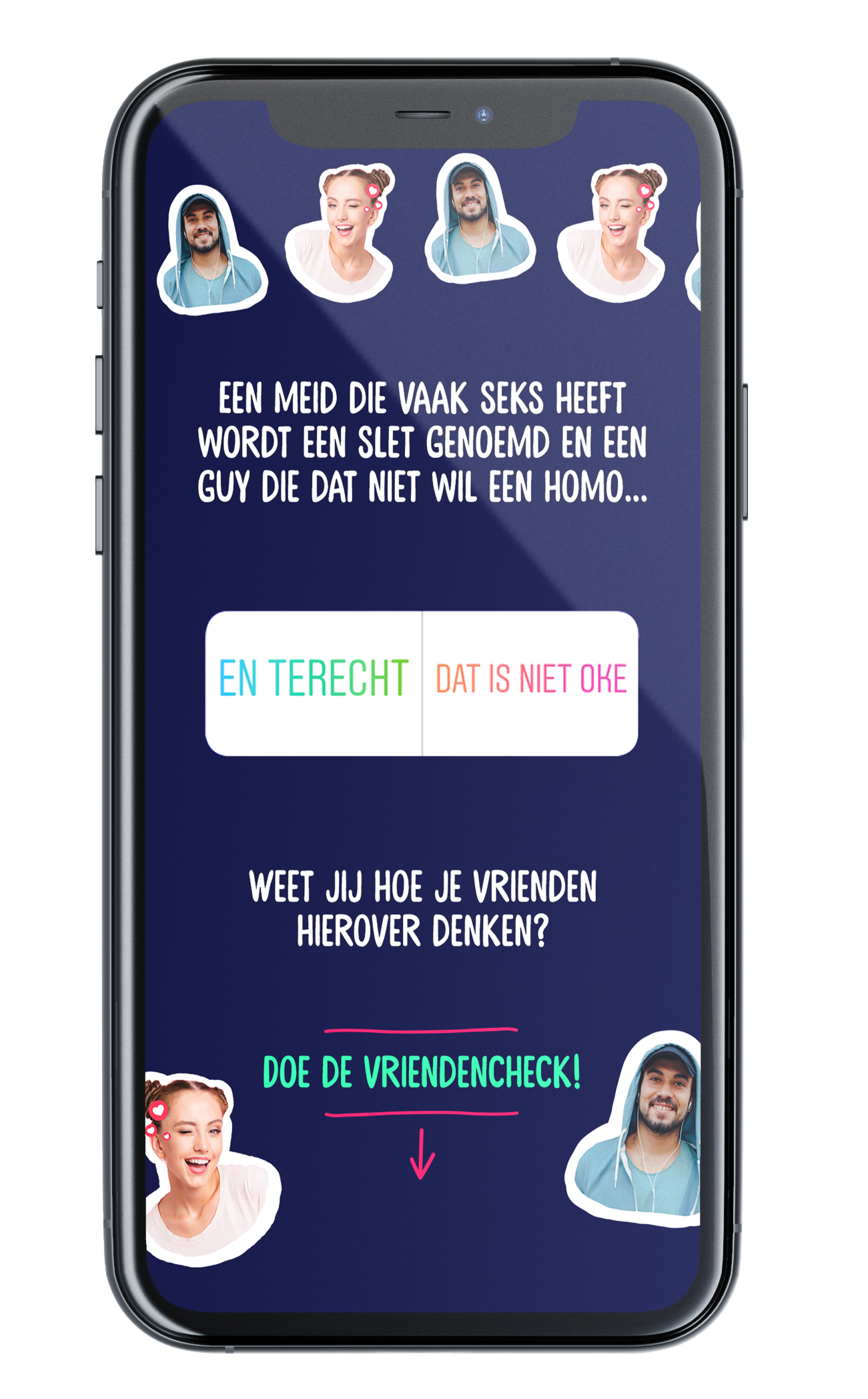
Generation Yes, so what?
A generation that’s way past the issue.
The manifest
With "See victim blaming? #saysomething!" we explain what victim blaming is and offer tools to really do something about it.
Promoting the positive norm.
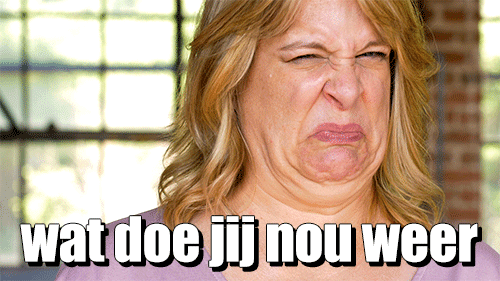

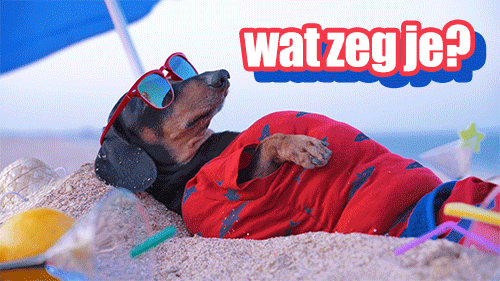



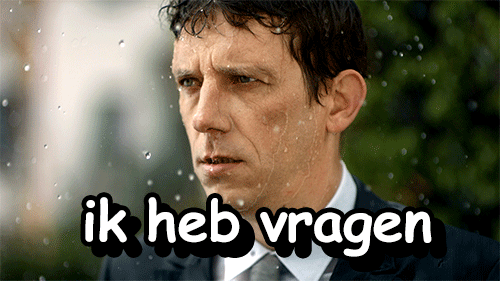
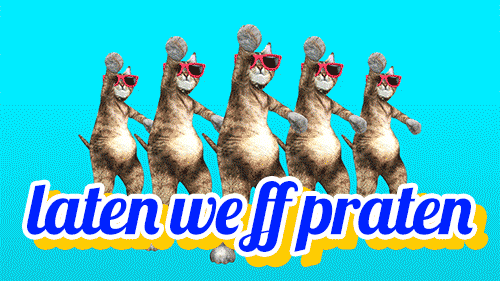
The creative react culture
Setting a good example leads the way
Stand by your snap
With a SnapChat filter, you show that you speak up when you see victim blaming. And yes, if you say that on Snap, then of course you really should do so in real life. The filter also ensures that young people get a better idea of what their friends think and that they are not alone.
Responding to #skirtday
The campaign went live with #skirtday. In the vein of "why are you even wearing a skirt like that?", Dutch celebrities including Tim Hofman and Frank van der Lende put on a skirt and shared their photo. Linda, Metronieuws and De Telegraaf, among others, also wrote about the importance of the new campaign.
Generation ‘Yes, so what?’ reacts
The friends check
Check your own opinion.
Polls and filters were used on social platforms to present statements to young people in an approachable way. This required them to take a stand for themselves.



